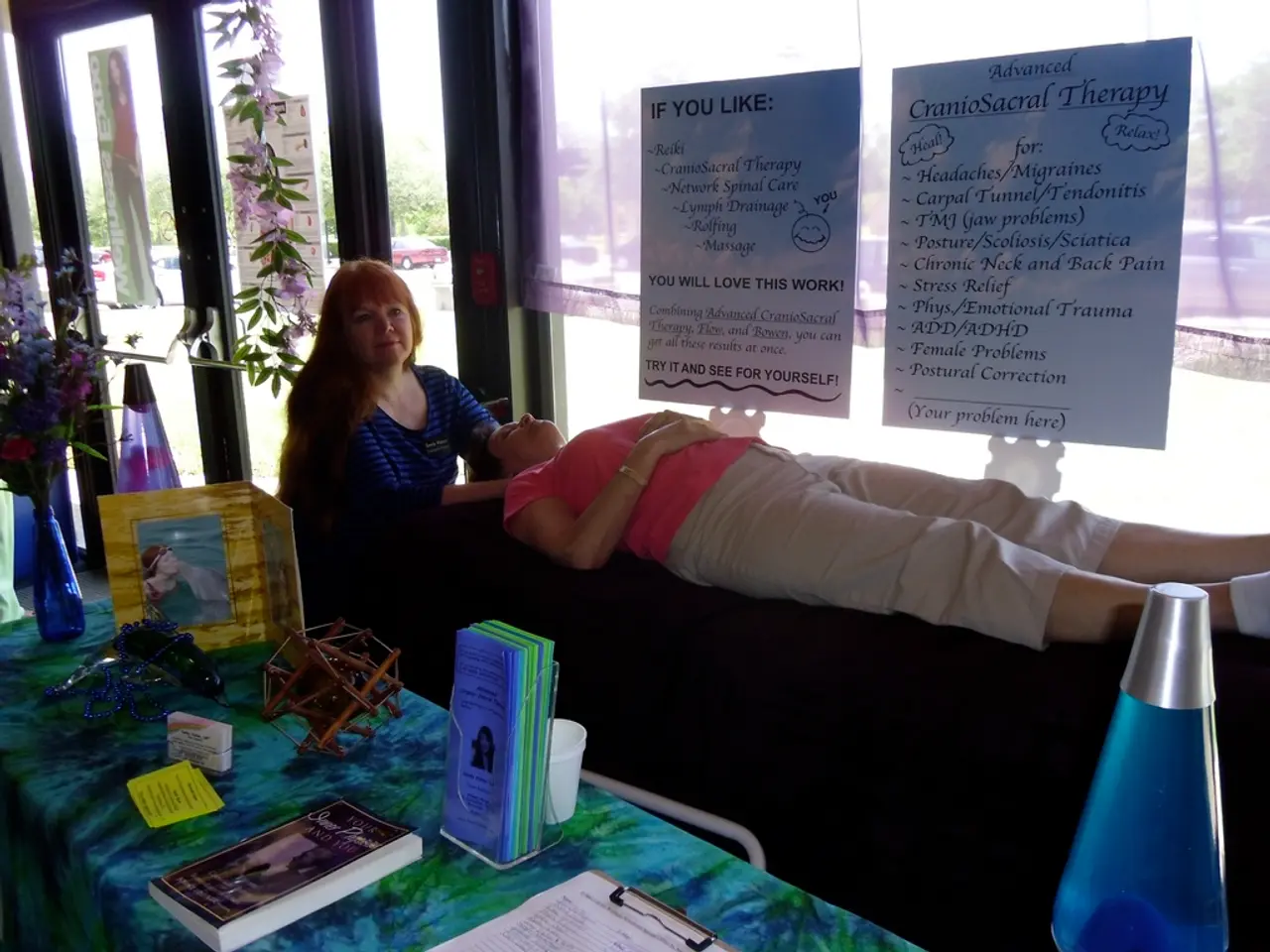Stress Variations: Understanding Eustress and Distress, Real-Life Examples, and Their Impact
In our daily lives, we often encounter situations that cause stress. But did you know that stress isn't always a negative experience? There are two types of stress: eustress and distress.
Eustress, or positive stress, is a response to challenges that we perceive as within our coping abilities. These challenges motivate us, sharpen our focus, and improve our performance. On the other hand, distress, or negative stress, occurs when demands exceed our perceived coping capacity, leading to anxiety, irritability, and impaired performance.
The perception of eustress versus distress is influenced by several factors. One of the key factors is our perceived ability to cope. When we believe we have the resources and skills to meet a challenge, we are more likely to experience eustress. However, when demands exceed our perceived coping capacity, the same stressors become distress.
Our mindset and environment also play a significant role. A positive stress mindset is fostered by supportive environments such as encouraging managers or leadership that set realistic goals and promote worker happiness. This environment shapes whether stress is viewed as a challenge (eustress) or a debilitating setback (distress).
Emotional health and psychological factors also influence stress perception. Good emotional health and the absence of anxiety or depression tend to facilitate eustress, while poor mental health predisposes towards distress. Early emotional health and family influence also shape stress appraisal later in life.
The context and nature of the stressor also matter. Short-term, manageable challenges, such as preparing for a presentation or sports competition, are more likely to induce eustress. On the other hand, chronic, overwhelming, or traumatic stressors, such as prolonged workload, financial insecurity, or conflict, evoke distress.
Biologically, both eustress and distress activate the sympathetic nervous system, leading to the fight-or-flight response. However, eustress generates moderate adrenaline and dopamine levels that enhance cognitive functions and feelings of excitement, whereas distress causes prolonged cortisol release, leading to fatigue and impaired physical and mental health.
In summary, the transition between eustress and distress depends on a combination of perceived coping ability, environmental support, mental health status, and the nature and duration of stressors that influence both psychological appraisal and physiological response.
Examples of experiences that may trigger distress include bullying, controlling behavior, relationship endings, and the death of a loved one. On the other hand, experiences that may trigger eustress include exercise, travel, work, and major life changes.
Chronic or overwhelming stress is not something that a person has to tolerate. If a person is finding it difficult to manage high amounts of stress or anxiety, they can seek help from a doctor, therapist, support organization, human resources department, or helpline.
Turning distress into eustress may help expand a person's coping resources and foster resilience. If a person is in crisis and considering suicide or self-harm, they can seek support from the 988 Lifeline, Crisis Text Line, Befrienders Worldwide, or local emergency services.
Signs of eustress include short-term duration, manageable difficulty, positive emotions, high self-efficacy, and less impact on physical well-being. Signs of distress include long-term or short-term duration, unmanageable or overwhelming difficulty, negative emotions, low self-efficacy, and impact on physical well-being.
Strategies to promote eustress over distress can help improve public health. These include participating in activities that are challenging but feel doable and have a clear route forward, such as learning a new skill, starting a new hobby or project, playing games, doing puzzles, mentoring or teaching others, exercising at a level suited to their physical abilities, doing volunteer work.
The conservation of resources (COR) theory suggests that those with more resources (physical or nonphysical) will cope more effectively with adversity. Moderate levels of stress may cause "oxidative eustress," which can improve health by the heart and lungs and reduce the risk of certain mental health conditions. However, chronic or traumatic stress can trigger oxidative stress, which is when free radicals damage cell DNA, causing tissue degeneration, raising the likelihood of disease, and accelerating aging.
Exercise can induce eustress that promotes health. During the COVID-19 lockdowns, those with more personal resources experienced more eustress, particularly those who reported having "vitality," while a lack of resources was associated with distress.
In conclusion, understanding the difference between eustress and distress can help us navigate our lives more effectively. By recognising the signs and taking steps to promote eustress over distress, we can improve our well-being and resilience. If you are struggling with high amounts of stress or anxiety, remember that help is always available.
- Psychology and psychiatry play a crucial role in understanding the distinction between eustress and distress, as they help identify the factors that influence stress perception.
- Stress, in particular distress, can have severe implications on mental health, causing anxiety, irritability, and impairing performance, while eustress can motivate and sharpen focus, enhancing performance.
- Health-and-wellness strategies that foster eustress include participating in challenging yet manageable activities, like learning a new skill, exercising, or volunteering, which help expand coping resources and promote resilience.
- Mental health is essential to coping with stressors, as good emotional health and the absence of anxiety or depression tend to facilitate eustress, while poor mental health predisposes towards distress.
- The science of mental health emphasizes the importance of recognizing the signs of eustress and distress, seeking help when necessary, and implementing strategies to promote eustress over distress to improve overall well-being.




